What Are Asteroids Made Of? What You Need to Know!
Last Updated on
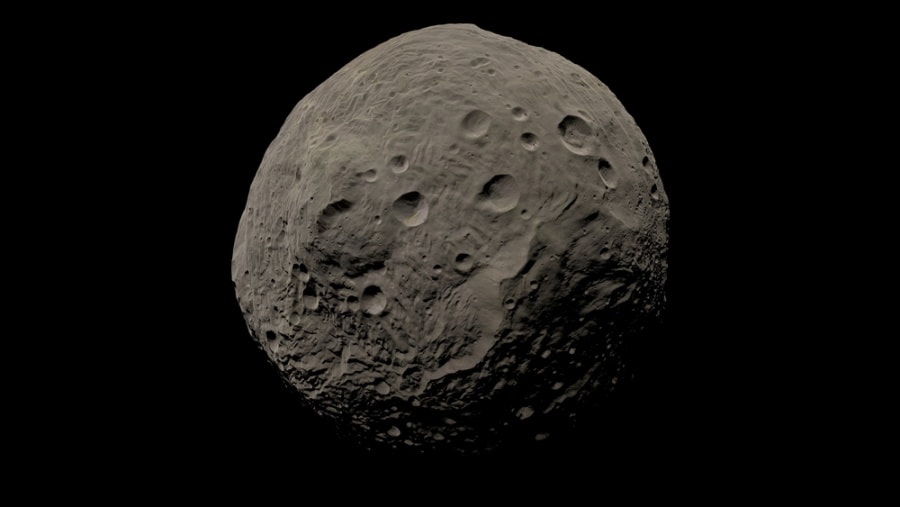
To understand the composition of asteroids, we have to separate them into three groups: The M-, S-, and C-types. The “C” represents the Carbonaceous, the “S ” is the Silicaceous, and the “M” stands for Metallic asteroids.
Carbonaceous asteroids are a lot darker in appearance, and for years, scientists have speculated that they primarily constitute silicate rocks and clay. Silicaceous asteroids contain nickel-iron and silicate materials, while M-types are just nickel-iron. Based on color, the C-types are grayish, the S-types are greenish to reddish, and the M-types are reddish.
It’s also important to note that Carbonaceous are the most common in our galaxy, and the most ancient. All these asteroids have different compositions because they were not subjected to the same temperature once they were formed. Those that were formed closest to the sun had their iron melt and sink to the core, hence pushing basaltic lava to the top—basaltic is the other name for volcanic lava.
Now that we’ve gotten that out of the way, let’s dig deep, and learn what asteroids actually are.
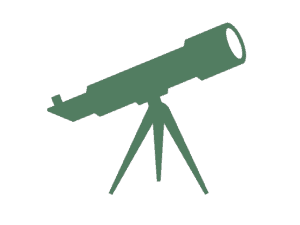
What are asteroids?
Any object that you see revolving around the sun, other than the existing planets, is considered an asteroid. They are all rocky in nature and too small to be labeled a planet. However, some astronomers prefer calling them minor planets or planetoids.
We cannot give you a ballpark figure of how many asteroids currently exist in the solar system because we’ve already spotted millions, and we keep on finding more. But what we can tell you is that their sizes vary. In addition, we believe that their collective mass is way less than that of our moon.
It’s no secret that our scientists have invested a lot of time and money studying asteroids over the years. The goal is, and has always been, to learn more about their physical traits, orbits, and numbers. With that data, we’ll be able to understand how to fortify our defenses, and thus protect our planet in the future if they come crashing.
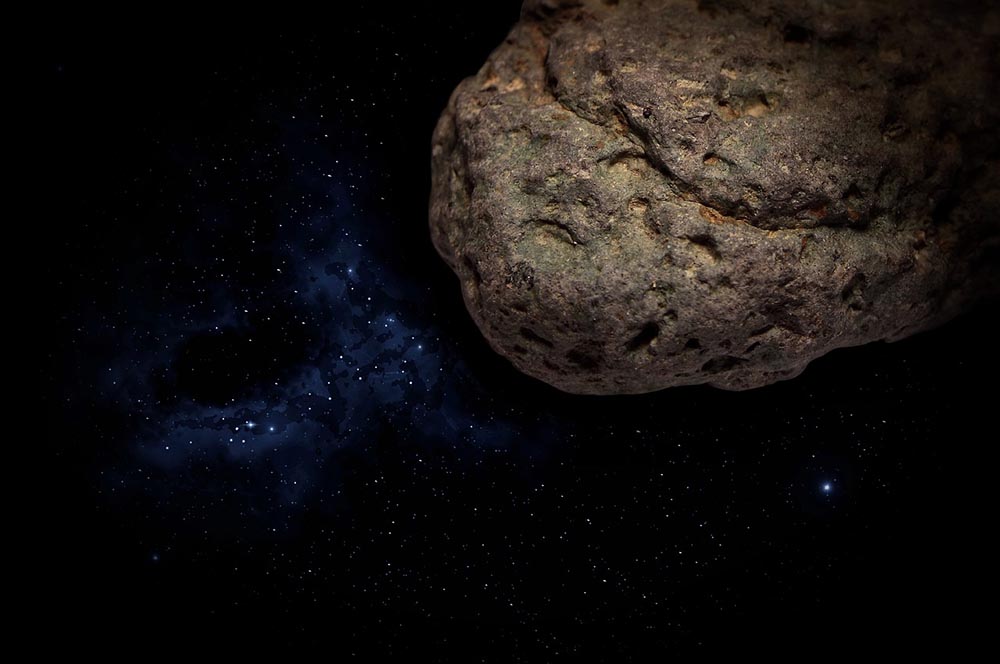
Which part of the solar system has asteroids?
The asteroids that have already been discovered have been found in three very different parts of the solar system. But most of them lie between Jupiter and Mars’ orbit. They’ve positioned themselves in such a way that they resemble a belt from a distance. And according to astronomers, this belt might contain more than a million asteroids, some being larger than 3,281 feet.
While studying this asteroid belt, scientists discovered a dwarf planet that was hiding within. Ceres is the name of the planet, and it was first thought to be an asteroid. The word ‘dwarf’ has been used to imply that it’s relatively smaller than the conventional planet.
Besides Ceres, they also came across random objects that they later classified as “Main Belt Comets.” The comets were rocky just like the asteroids but had tails. Nobody really knows how those tails were formed, but the theory that we’re currently working with is that they formed as a result of the asteroid disintegrating or crashing.
There are so many other asteroids found outside that main belt. And the best examples are the Trojan asteroids. They usually lie in the same orbit as the classical planets revolving around our sun, but at two special points.
If you spot a Trojan asteroid, it will either be 60 degrees behind or ahead of a planet. We often call those points the Lagrange’s—locations in the solar system where the total gravitational forces of two large bodies equal the centrifugal force experienced by a relatively small third body. In this case, the combined gravitational pull of the sun and our planet, equal the pull felt by the asteroid.
Those points were discovered by a mathematician who went by the name Joseph-Louis Lagrange. In 1772, he wrote a paper that explained the “three-body problem.”
Our planet only has one Trojan asteroid, the same as Uranus. We’ve identified nine on Mars’ orbit, 30 on Neptune, and more than 10,000 on Jupiter’s.
What are Near-Earth Asteroids (NEAs)?
These are the asteroids that revolve around the sun at a distance that’s almost equal to that of the Earth. They’ve been split into four groups: the Apollos, Amors, Atiras, and Atens.
Telling these asteroids apart is pretty easy. Just focus on how the Earth’s orbit interacts with their orbits, and you’ll figure it out. If you notice the asteroid’s orbit is contained inside our orbit, that asteroid has to be an Atira. If the orbit is close but doesn’t touch our orbit, it belongs to the Amor asteroid. If it crosses the Earth’s orbit but spends most of the time outside, it’s an Apollo. And finally, we have the Atens. They’ll cross our orbit and spend most of their time within.
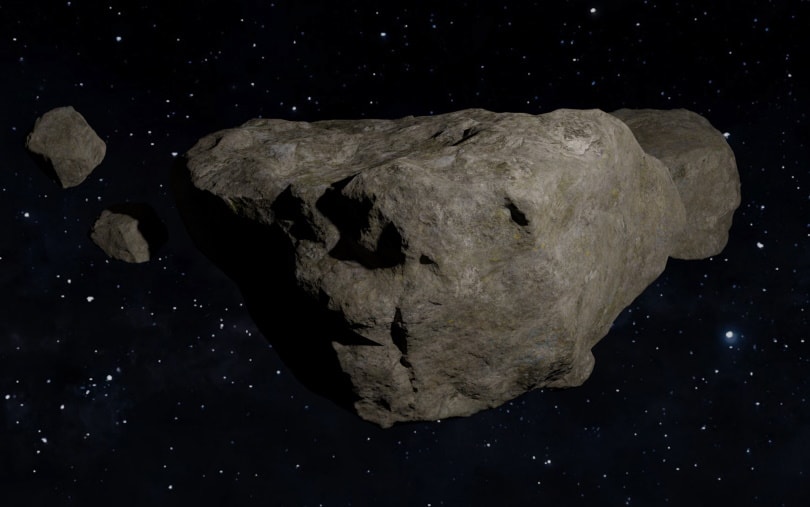
Where did asteroids come from?
More than 4.6 billion years ago, the solar system was formed. The asteroids that we see today are remnants of what was left after that process. We think that the creation of planet Jupiter was a detriment to the formation of any other planetary body that was to be positioned in the space that’s between it and Mars. So the objects kept on colliding with brute force and disintegrating into fragments that are now known as asteroids.
Who discovered the first asteroid?
Giuseppe Piazzi was not just an astronomer but a priest as well. One evening, while he was busy working on his star map, he noticed a planetary body that had an orbit that passed between Jupiter and Mars. Even though it’s now classified as a dwarf planet, at that particular moment he discovered it as an asteroid. That was way back in 1801.
Are asteroids spherical?
Most of the asteroids that we’ve encountered have an irregular shape—almost like a potato. But a few of them, especially those that are larger in size, have a spherical shape. We’ve also learned that nearly all of them are covered in dust, pitted, and cratered. One such asteroid is the Vesta. Thanks to programs such as the Pan-STARRS telescopes in Hawaii, we now know it has a crater with a diameter of 285 miles.
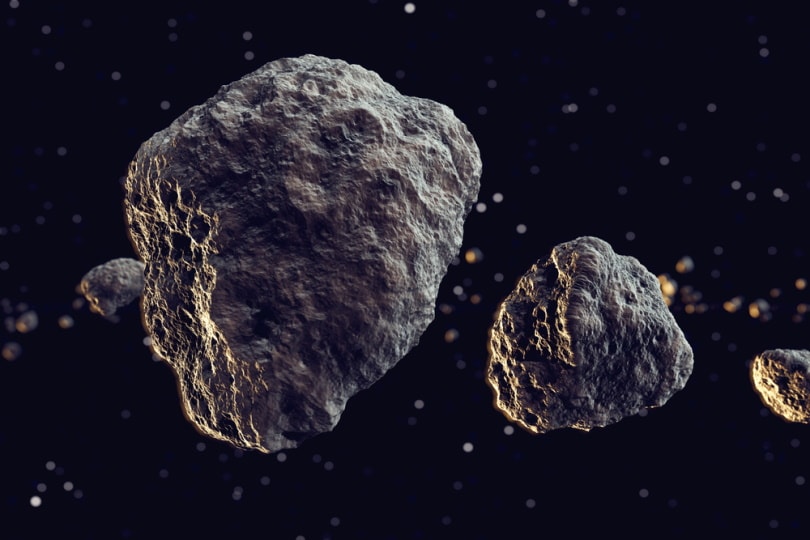
Do asteroids have moons?
It’s easy to confuse an asteroid for a planet because they almost have everything that defines a planet. We’ve already established that they revolve around the sun, the same way planets do. They also rotate on their own imaginary axes, and some of them even have small companions—moons.
The only unique thing about an asteroid is that some of them have binary systems, while others have triple systems. That means two or three asteroids orbit each other, as they orbit the sun.
Do asteroids hit our planet every so often?
For the most part, no. But we’ve had quite a few smaller visitors slam into our planet in the past. We were just lucky they weren’t large or wide enough to cause a global disaster. Speaking of disasters, for an asteroid to potentially cause something serious on a global scale, it has to have a diameter that’s wider than a quarter-mile.
Our scientists have done the math and determined that such an impact will be powerful enough to create something called a “nuclear winter.” A phenomenon where we all end up experiencing a global climatic cooling effect that’s severe and prolonged. The agricultural sector will be most affected, as it’s always influenced by changes in climate.
The worst experience that we’ve had with an asteroid is the one recorded on the 15th of February, in 2013. Residents of the city of Chelyabinsk, in Russia, were just going about their business when they were hit by a strong shock wave out of the blue. We, later on, came to learn that an asteroid that was 65 feet wide entered our planet and crashed, injuring about 1,200 people.
What’s the difference between an asteroid and a meteorite?
A meteorite is just an asteroid that has already crashed. And we have two types, the stony meteorite, and the iron meteorite. The latter is made up of iron, with small traces of cobalt and nickel. Stony, on the other hand, has a little bit of everything. If you test it, you’ll find calcium, nickel, aluminum, magnesium, silicon, iron, and even oxygen.

Are asteroids the reason why we have water?
Well, it’s safe to say that life is full of irony. The same things that have the potential to end the existence of humankind are the same things that delivered water. This planet didn’t even have a drop of water after it was formed until asteroids and comets started crashing. That’s what delivered the carbon, hydrogen, and oxygen molecules that we needed to support life.
We also think the collision of comets and asteroids is the reason why we no longer have dinosaurs. The solar system at the time wasn’t stable enough to ensure the very life it created survived.
•How Long is a Day on Mars? How Long is a Year?
•You might also like: How Is Satellite Imagery Used in Agriculture? What to Know!

Final Thoughts
We’d like to end it here, but before we do, we’d like to share one last piece of information. There are a couple of asteroids out there that have been tagged as potentially hazardous. Not because they are on a collision course, but because their orbits are so close to ours. That and the fact that they are large enough to cause a nuclear winter, should they slam into our atmosphere.
What are we doing to prevent that from happening, you ask? We’ve developed technology that would either divert or obliterate them, before they get the chance to destroy our planet. So don’t fret. We are all in safe hands—hopefully!
Featured Image Credit: Daniil Disa, Shutterstock
Table of Contents
- What are asteroids?
- Which part of the solar system has asteroids?
- What are Near-Earth Asteroids (NEAs)?
- Where did asteroids come from?
- Who discovered the first asteroid?
- Are asteroids spherical?
- Do asteroids have moons?
- Do asteroids hit our planet every so often?
- What’s the difference between an asteroid and a meteorite?
- Are asteroids the reason why we have water?
- Final Thoughts
About the Author Robert Sparks
Robert’s obsession with all things optical started early in life, when his optician father would bring home prototypes for Robert to play with. Nowadays, Robert is dedicated to helping others find the right optics for their needs. His hobbies include astronomy, astrophysics, and model building. Originally from Newark, NJ, he resides in Santa Fe, New Mexico, where the nighttime skies are filled with glittering stars.
Related Articles:
What Is the Best Binocular Magnification for Hunting? Optical Features Explained
15 Crucial Facts About Ultraviolet Rays & the Sun
What Constellation Is Spica In? The Interesting Answer!
10 Interesting Leo Constellation Facts, Myths, and FAQs
15 Interesting Pegasus Constellation Facts, Myths, and FAQs
6 Interesting Sagittarius Constellation Facts, Myths, and FAQs in 2024!
What Are Constellations? Where Did They Come From?
8 Interesting Libra Constellation Facts, Myths, and FAQs
